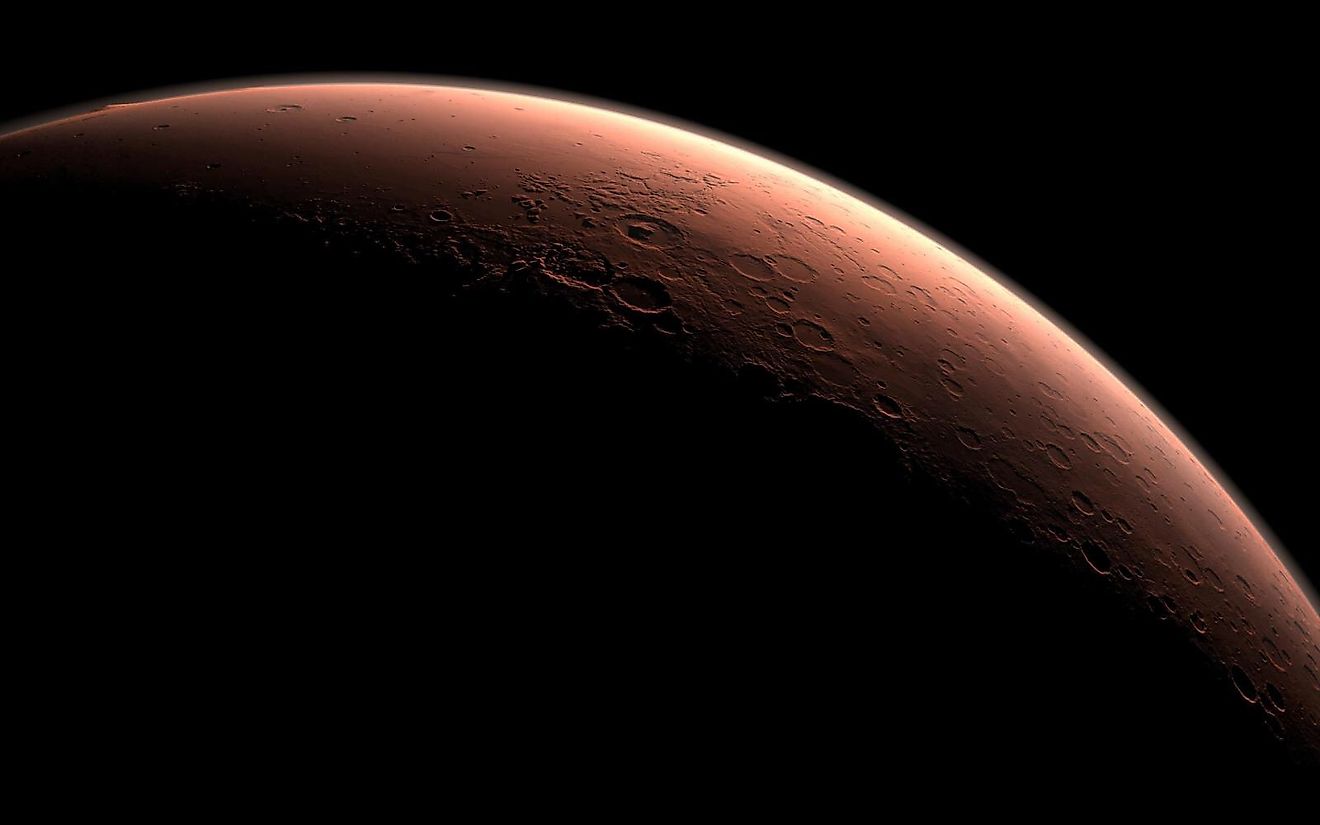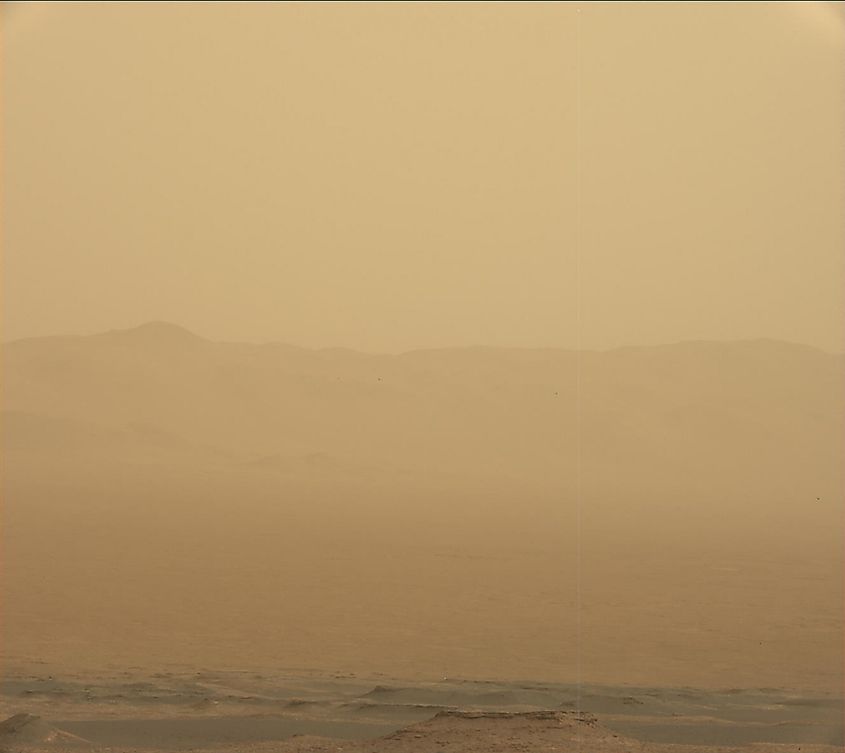Why Does Mars Have A Red Sky? A Mars Rover Finds The Answer

- Dust storms and high winds are the most likely explanation for Mars’s red sky
- Perseverance has observed direct evidence of dust devils and high winds lifting dust from the surface into the atmosphere
NASA’s Perseverance Mars rover has recently uncovered proof as to how Mars has a red sky. Perseverance has confirmed earlier theories that dust devils and storms cause dust from the surface to circulate through the atmosphere, giving Mars its signature red tinge. The surface of Mars is red due to the fact that rocks and dust contain iron, which in turn has oxidized (rusted), causing the surface to become red. Thus, it seems obvious that the atmosphere and surface must be interacting in order for both to have a similar color, and the latest Mars rover, Perseverance, has found proof of that.
Dust Storms And Strong Winds

The color of a planet’s sky is dependent upon two factors: the chemicals in the atmosphere and the angle at which sunlight hits the atmosphere. On Earth, the sky is blue due to a process known as Quantum Rayleigh Scattering. Sunlight hits the Earth’s atmosphere at just the right angle to cause the scattering of blue light, hence the color of our atmosphere. Interestingly, the Martian sky is naturally a bluish-black tinge, which is a lot different from what it actually looks like. Like the surface, the skies above Mars are red. The most likely explanation is that the surface and atmosphere are constantly interacting through dust storms. Dust storms and strong winds cause red dust on the surface to circulate through the atmosphere, causing Mars to have a red sky. Since Mars is constantly experiencing dust storms somewhere on the surface, the dust in the atmosphere is always replenished before it can fall back to the surface. Although this explanation is the most likely, scientists had yet to observe any such interaction occurring between the surface and atmosphere. That is, until the Perseverance rover confirmed these explanations.
Perseverance has become the first Mars rover to directly observe dust from the surface being lifted into the atmosphere by dust devils. During the rover’s first 216 days on Mars, it detected an average of one dust devil per day. Perseverance was equipped with dust sensors that are able to detect and track dust clouds that are raised into the atmosphere by dust devils. In addition to dust devils, Perseverance also found that wind has played an important role in transferring dust into the atmosphere. Although high daytime winds are not as common as dust devils, when they do occur, they can cover an area up to ten times larger than a dust devil. High speed winds whip up dust from the surface and raise it into the atmosphere.
Interestingly, the amount of dust that is raised into the atmosphere is dependent upon where you are on Mars. The Mars lander InSight, which landed in a different location than Perseverance, has not observed the same amount of storms lifting dust into the atmosphere. As of yet, scientists do not know why the amount of dust being lifted is different across the Martian surface, yet continued observations by Perseverance may reveal an answer in the future.











